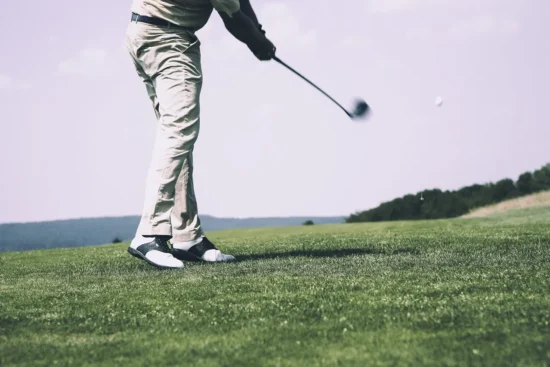

In the previous edition we talked about the importance of having adequate stability to achieve a powerful swing. But in addition to this there is another key element, which is mobility. We could say that if any of them fails, it will be difficult to achieve a powerful and efficient swing.
Mobility is the combination of the degree of joint movement and muscle flexibility. This is necessary not only for proper mechanics, but also to avoid injury.
Mobility makes it possible to generate “elastic energy”. Therefore, it establishes a crucial basis for generating POWER.
Let’s take an example: if there is a lack of mobility in the thoracic spine (typical of players with C-posture), it can lead to a loss of vertebral rotation, which in turn will limit the ability to perform a correct back-swing turn, and therefore, an efficient swing. And, as our body works as a system of connections, players who present this type of restriction usually report discomfort or even present some injury at lumbar level due to the fact of having to sacrifice this area, making it mobile (when in fact it should be a very stable area) due to the lack of mobility in adjacent structures such as the thoracic spine and hips.
Finally, we should know that reduced mobility can alter the “kinetic sequence”, which is essential to achieve a consistent and powerful swing.
Below, I show you some exercises. I must emphasize that these are only examples, since they should be selected by a professional according to the characteristics of each player.

– Exercise 1: “Thoracic Spine Rotation” (All levels)
Sit on heels with one hand resting on the mat (arm extended) and the other on the Foam, moving it as far away as possible without changing the position of the pelvis and accompanying this rotation of the torso with the head. Exhale while rotating.

– Exercise 2: “External and internal rotation of the hip” (All levels).
Place one knee on the Foam (forefoot well supported on the floor) and the other foot on the floor and parallel to the Foam, from that position move laterally towards the leg on the floor keeping torso and pelvis facing the floor and return to initial position.

– Exercise 3 “Side Squat + Torso Torso Rotation” (Intermediate and advanced level).
From a standing position with the Foam in both hands, perform a side squat and in turn a torso rotation to the side of the leg that is flexed, keeping the head in front.
– Exercise 4: “Deep Lateral Squat” (Advanced level). From a standing position with the Foam in both hands at chest height, perform a lateral squat keeping the Foam and head forward. One foot (flexion) fully supported, while the other (adduction) only supports the heel.















Leave a Reply